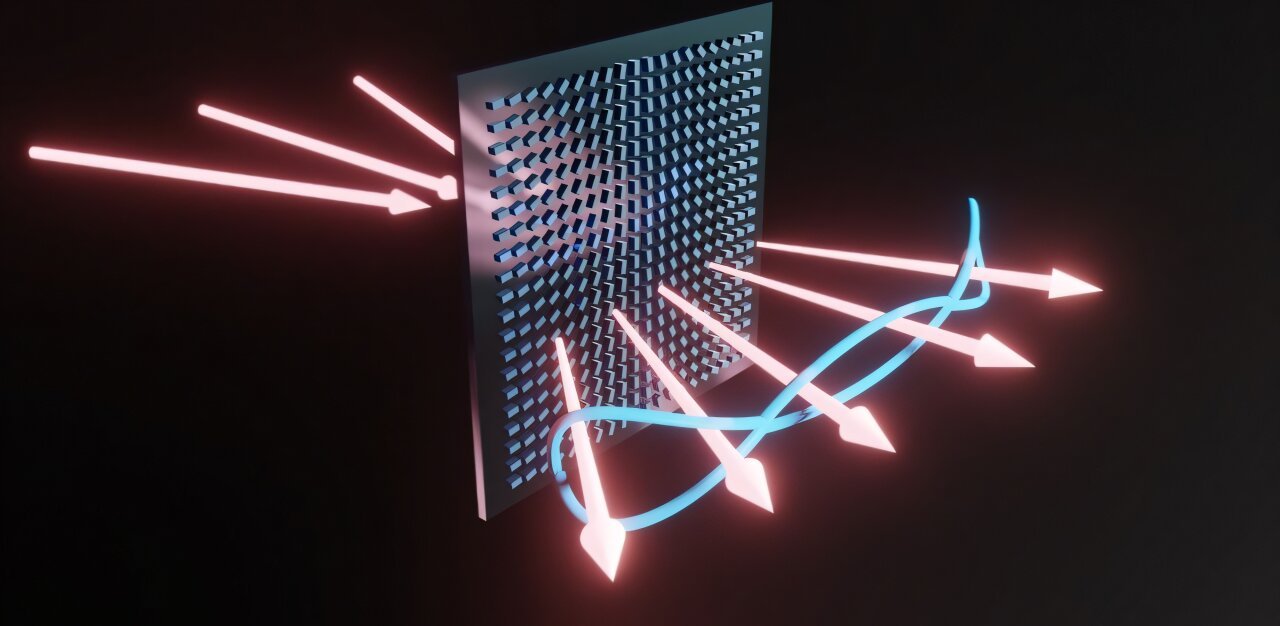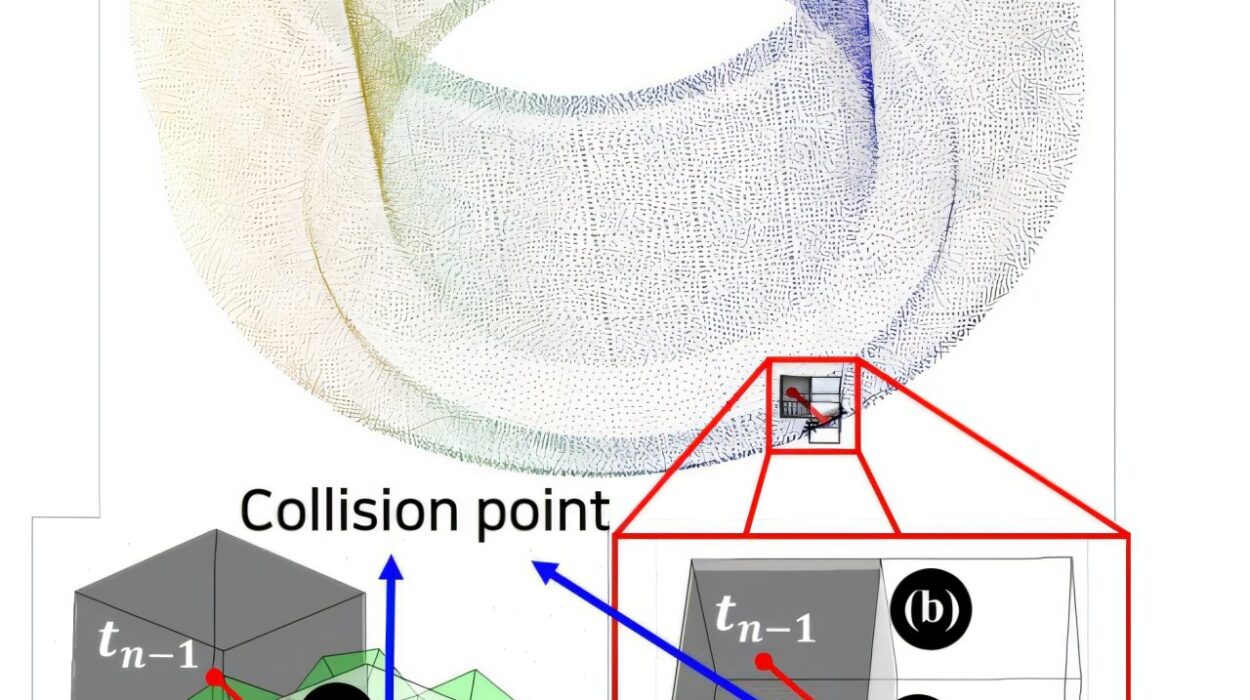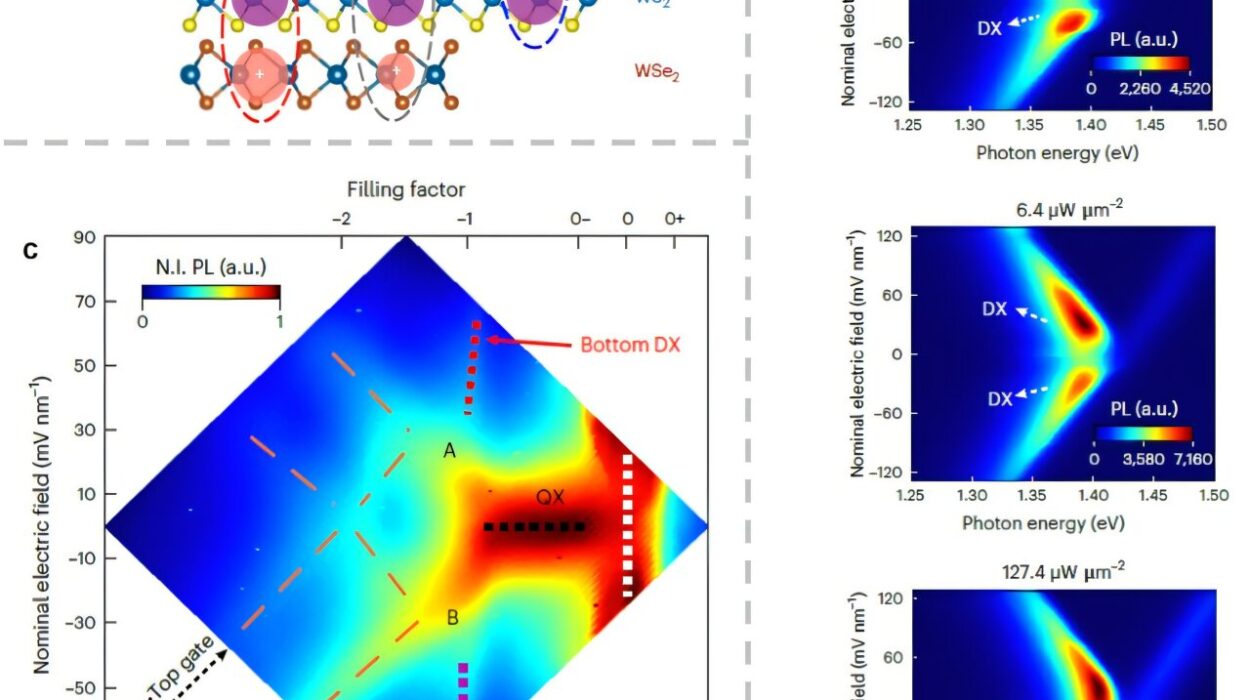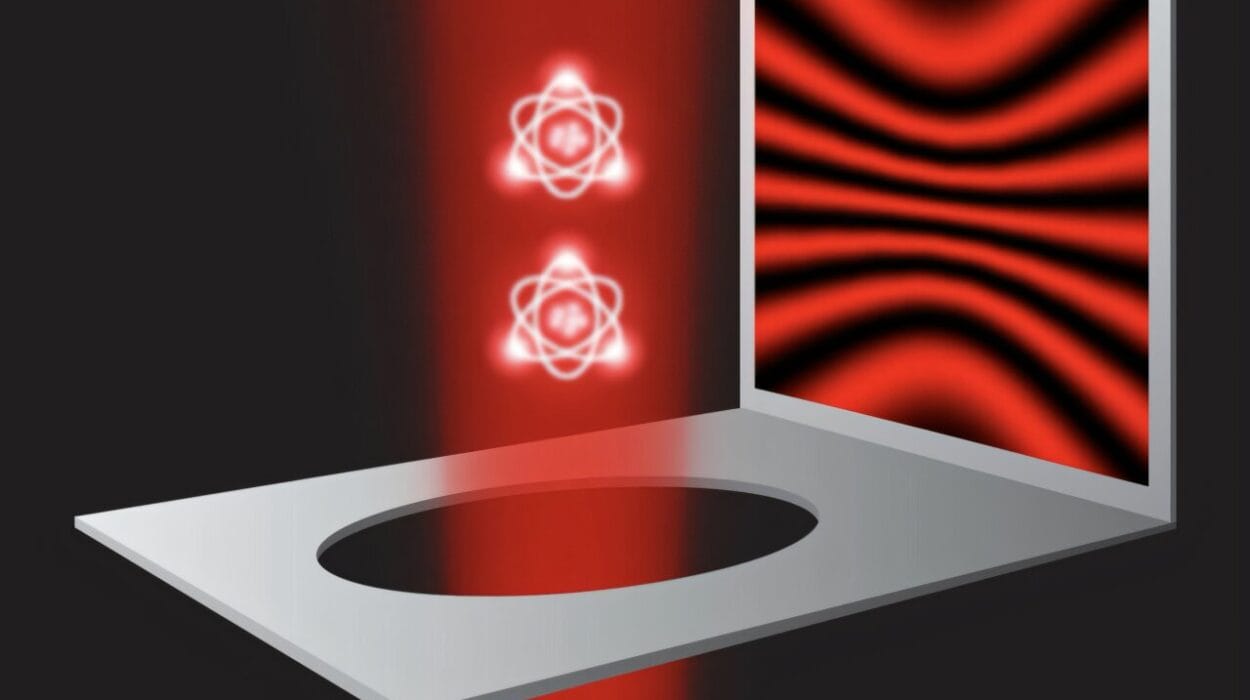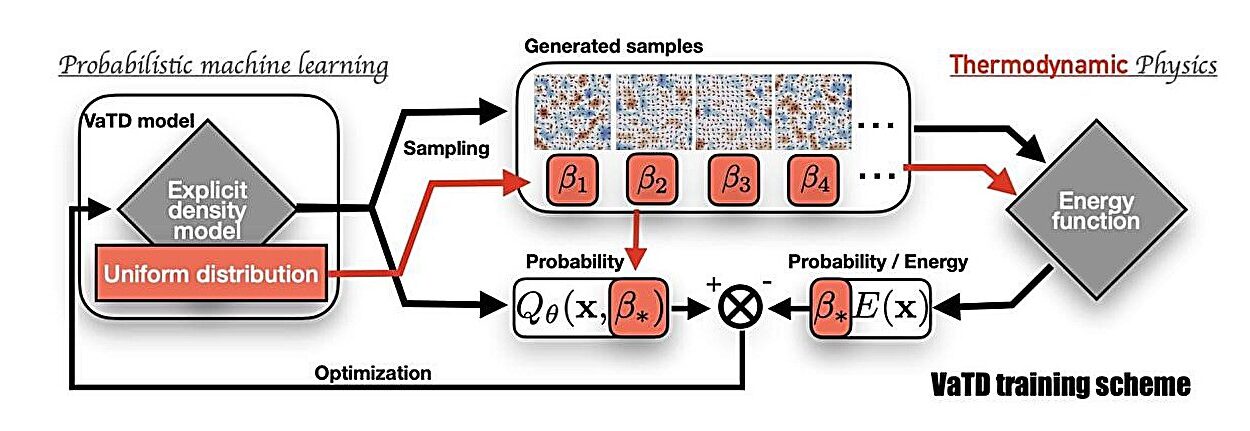Quantum information processing is transforming how we think about data storage, communication, and computation. Unlike classical systems, which rely on bits that are either 0 or 1, quantum systems use qubits, which can exist in multiple states simultaneously, thanks to the principles of superposition and entanglement. Among these principles, quantum entanglement plays a crucial role in enabling highly secure communication channels and vastly more powerful computational systems.
However, while two-photon entanglement has been extensively studied and demonstrated in laboratories, the entanglement of multiple photons—necessary for scaling up quantum technologies—has been a major challenge. Creating multiphoton entangled states typically requires complex experimental setups that are difficult to build, control, and scale. But a recent breakthrough promises to change that.
The Challenge of Creating Multiphoton Entanglement
The process of generating multiphoton entanglement has traditionally relied on two main approaches. One is based on quantum nonlinear optical processes, which involve using materials with properties that can alter photons under specific conditions. While powerful in theory, these processes are notoriously inefficient when it comes to generating large numbers of entangled photons. As more photons are introduced, the efficiency drops sharply, making this approach impractical for large-scale applications.
The second common method uses linear optics, involving devices such as beam splitters and phase shifters that manipulate photons as they travel through complex networks of optical components. These setups depend on quantum interference to entangle the photons. While this method works for smaller systems, the complexity of the arrangement increases exponentially with the number of photons involved. Not only does the system become difficult to control, but it is also highly susceptible to photon loss, crosstalk, and environmental noise, which degrade the quality of entanglement.
Overcoming these limitations has been one of the central goals in quantum optics and information processing. Now, a team of scientists has developed an innovative approach that could address many of these issues at once.
A Breakthrough Using Metasurfaces
A collaborative team of researchers from Peking University, Southern University of Science and Technology, and the University of Science and Technology of China has reported a significant advancement in generating multiphoton entanglement. Their method, described in Advanced Photonics Nexus, makes use of metasurfaces, offering a radically simplified and more efficient pathway to entanglement generation.
Metasurfaces are ultra-thin, two-dimensional structures engineered at the nanoscale. These surfaces can manipulate light with remarkable precision, controlling key properties such as phase, amplitude, polarization, and even frequency. Traditionally used in advanced optics to create flat lenses and holographic devices, metasurfaces have now been repurposed for quantum applications in this groundbreaking work.
Rather than relying on bulk optics or complicated interferometric setups, the team’s method uses a single gradient metasurface designed specifically to entangle photons. When multiple single photons are directed toward the metasurface from different directions, they interact through carefully engineered quantum interference patterns on the surface itself. As a result, these photons become entangled as they pass through or reflect off the metasurface.
Why This Approach Matters
The significance of this method lies in its simplicity and efficiency. With a single, compact metasurface replacing traditional, room-sized quantum optical systems, the process of generating multiphoton entanglement becomes far more practical. The new method also dramatically reduces the number of optical elements required and minimizes the potential points of failure that plague conventional approaches.
Professor Ying Gu, the corresponding author of the study, compared this innovation to “finding a shortcut in a maze.” Instead of painstakingly setting up complex optical pathways to achieve multiphoton entanglement, the metasurface acts as a unified platform. It simplifies the creation and manipulation of entangled states, while maintaining the high precision necessary for advanced quantum applications.
The compactness and efficiency of metasurfaces open up exciting possibilities. One of the major hurdles in quantum information processing has always been the difficulty of scaling up systems without sacrificing stability or performance. This new method provides a practical solution by enabling the creation of more complex entangled photon states without the added complexity of traditional setups.
Creating Larger and More Complex Entangled States
The researchers demonstrated that their metasurface approach allows not only the generation of multiple entangled photon pairs but also the fusion of these pairs into larger, more complex entangled groups. This capability is particularly important for quantum information processing, as larger entangled states can encode and process more information.
By enabling the fusion of entangled photon pairs on a single device, this technique creates a scalable foundation for building large entangled states, which are essential for advanced quantum computation and error correction protocols. This also allows for greater data density, meaning more information can be encoded into smaller, more compact systems—a critical advantage as quantum technologies move toward practical deployment.
Implications for Future Quantum Technologies
The ability to efficiently create multiphoton entangled states on a single metasurface has profound implications for the future of quantum computing, quantum communication, and quantum sensing. The compact, chip-compatible nature of metasurfaces makes them ideal candidates for integration into next-generation quantum devices.
In the realm of quantum communication, metasurfaces could act as entangled photon sources for quantum networks, distributing entangled photons to multiple users with minimal loss. This could make quantum key distribution (QKD)—a method of creating unbreakable encryption—more accessible and scalable across vast distances.
For quantum computing, the ability to create and control larger entangled photon groups on a chip brings us closer to photonic quantum processors. These could one day rival or surpass traditional electronic computers in solving complex problems such as cryptography, optimization, and drug discovery. Imagine a future where quantum computers are not massive laboratory systems but compact devices as small as a laptop, running advanced simulations and calculations that are currently impossible with classical hardware.
In quantum sensing, enhanced entangled photon states can significantly improve the sensitivity and resolution of measurements. Quantum sensors using entangled photons could lead to breakthroughs in medical imaging, navigation, and environmental monitoring, with precision far beyond today’s classical instruments.
Toward Practical, Scalable Quantum Systems
This pioneering work demonstrates a significant leap toward practical and scalable quantum information processing systems. While much work remains to refine and optimize metasurface designs for different quantum applications, the foundational proof-of-concept shown by this research provides a clear path forward.
Professor Ying Gu and her team envision a future where quantum metasurfaces become essential building blocks for quantum technologies. By reducing system complexity and enabling higher photon entanglement levels, their approach is helping to close the gap between theoretical quantum science and practical, deployable technologies.
Conclusion
The use of metasurfaces to generate multiphoton entanglement represents an exciting milestone in the field of quantum photonics. By simplifying the creation of complex entangled states and opening up scalable pathways for quantum information processing, this breakthrough marks a critical step toward quantum technologies that are not only feasible but also highly practical.
From quantum networks that offer unbreakable encryption to quantum computers that can solve humanity’s toughest problems, metasurface-enabled entanglement generation could be the key that unlocks the future of quantum information science. As researchers continue to push the boundaries of what’s possible, innovations like this bring us ever closer to realizing the full potential of quantum technologies in everyday life.
Reference: Qi Liu et al, Multiphoton path-polarization entanglement through a single gradient metasurface, Advanced Photonics Nexus (2025). DOI: 10.1117/1.APN.4.2.026002
